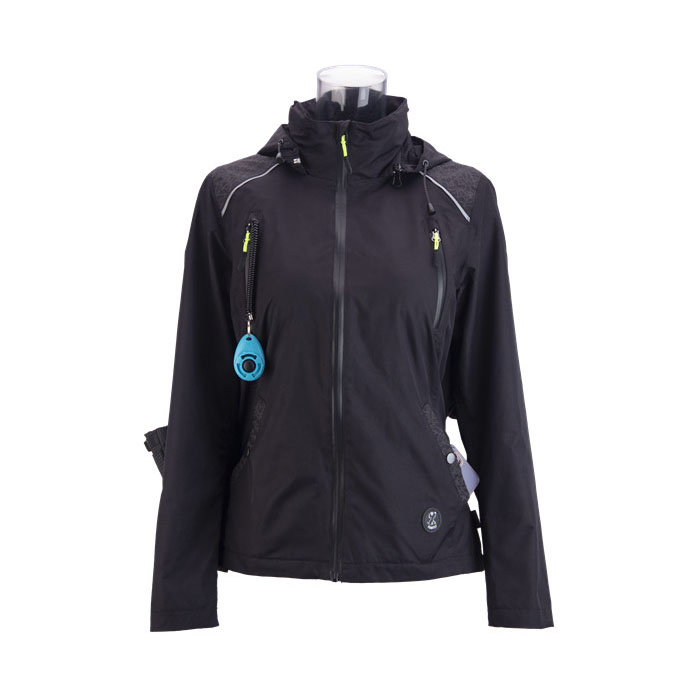Nov . 24, 2024 15:18 Back to list
Understanding the Importance of Dog Evaporative Coating for Temperature Regulation and Comfort
The Science and Importance of Dog Evaporative Cooling
When it comes to keeping our furry friends comfortable during the hot summer months, the concept of evaporative cooling in dogs is an often overlooked yet vital aspect of their physiology. Unlike humans who sweat to regulate body temperature, dogs rely on a unique combination of evaporative cooling techniques and other physiological mechanisms. Understanding how this cooling process works not only helps pet owners keep their animals safe but also enhances our overall appreciation for these remarkable creatures.
The Basics of Dog Physiology
Dogs have a significant amount of fur, which plays a crucial role in their ability to maintain body temperature. However, this fur can also trap heat, making it challenging for dogs to cool down, especially in hot weather. While humans have sweat glands all over their bodies, dogs primarily rely on panting as their main method of thermoregulation. When a dog pants, it increases airflow over their moist tongue and respiratory tract, enabling heat to dissipate through evaporation.
Evaporative cooling occurs when moisture changes from a liquid to a gas. As dogs breathe out warm air and take in cooler air, they effectively lose heat. The rate of evaporation is influenced by several factors, including humidity, temperature, and airflow. Hence, high humidity levels can hinder a dog's ability to cool down since the air is already saturated with moisture.
The Role of Fur in Evaporative Cooling
Dogs' coats serve not only as protection against the elements but also play a significant role in their cooling mechanisms. The fur can create an insulating layer that helps regulate internal body temperature. Double-coated breeds, such as Golden Retrievers and Siberian Huskies, have a thick undercoat that traps air. This air acts as insulation, keeping hot air away from the skin. During warmer months, dogs naturally shed their undercoat, allowing for better airflow and heat dissipation.
However, while a good coat can assist with temperature regulation, it is not a foolproof system. Under extreme heat or in situations where dogs are unable to pant effectively—perhaps due to illness or exhaustion—heatstroke can develop rapidly. Therefore, it is essential for pet owners to monitor their dogs closely during high temperatures.
Factors Affecting Evaporative Cooling
dog evaporative coat

Several variables influence how effectively a dog can cool itself through evaporation. Hot, dry conditions are ideal for dogs to pant because the dry air readily absorbs moisture. Conversely, in high humidity, the air is already saturated, making it difficult for moisture from the dog's breath to evaporate, which impairs the cooling process. This is why dogs are at particular risk in humid weather, even at moderate temperatures.
Another factor to consider is the dog's activity level. Active dogs generate more internal heat and require more efficient cooling mechanisms. Breeds with flat faces, like Bulldogs and Pugs, are particularly susceptible to overheating because their shortened airways can restrict airflow and panting efficiency. It is crucial for owners of such breeds to ensure they do not overheat during exercise, particularly on hot days.
Practical Tips for Pet Owners
To help your dog regulate its body temperature during the sweltering summer months, there are several practical strategies to implement
1. Hydration Always provide plenty of fresh water. Dehydration can exacerbate heat-related issues. 2. Shade and Shelter Ensure your dog has access to shaded areas and a cool place to rest during peak heat hours. 3. Cooling Mats Consider investing in cooling mats or pads designed specifically for pets to help maintain their body temperature. 4. Grooming Regular grooming and removing excess fur can enhance air circulation and improve evaporative cooling efficiency.
5. Limit Outdoor Activities Schedule walks and playtime during the cooler parts of the day, such as early morning or late evening.
6. Watch for Signs of Overheating Be vigilant for symptoms like excessive panting, drooling, lethargy, or confusion. If you notice these signs, it is vital to cool your dog down rapidly and consult a veterinarian.
In conclusion, understanding the mechanism of evaporative cooling in dogs is essential for ensuring their health and well-being during hot weather. By recognizing the challenges dogs face in managing their body temperature and implementing the aforementioned strategies, we can help our canine companions stay safe, comfortable, and enjoy the summer season to the fullest.
-
Dog Sweater with Harness Hole - Manufacturer & Suppliers Custom Factory Options
NewsJul.08,2025
-
Pet Apparel Reflective Dog Harness - Safety Vest Manufacturer & Factory Wholesale Price
NewsJul.08,2025
-
Pet Apparel Dog Winter Parka - Reflective, Warm, and Durable Jackets for Dogs
NewsJul.07,2025
-
Pet Products Safety Gear Puppy Collar – Reflective & Durable Collars for Puppies
NewsJul.07,2025
-
Premium Large Dog Coats for Winter Reliable Suppliers & Manufacturers
NewsJul.07,2025
-
Safety Reflective Puppy Harness – Secure Outdoor Gear for Dogs Reliable Manufacturers & Suppliers
NewsJul.06,2025

